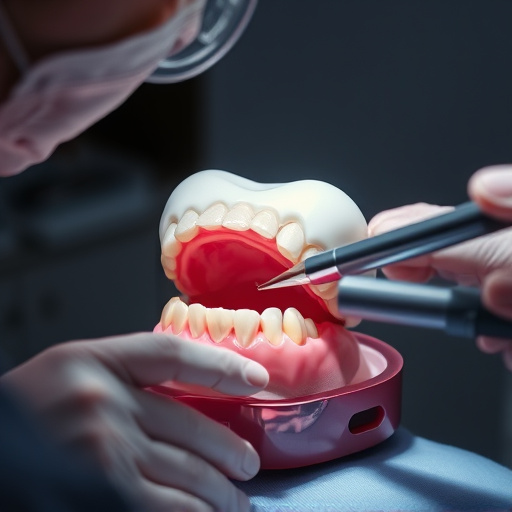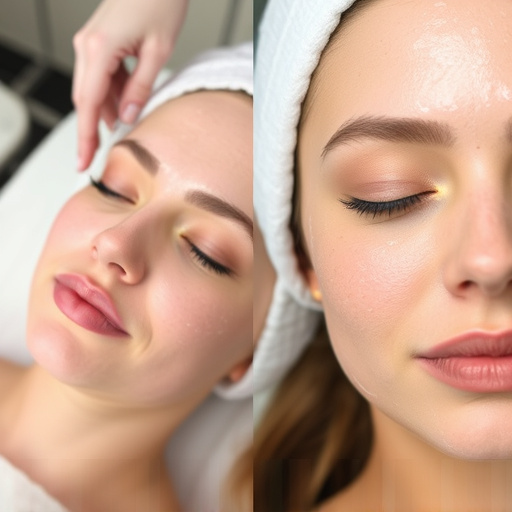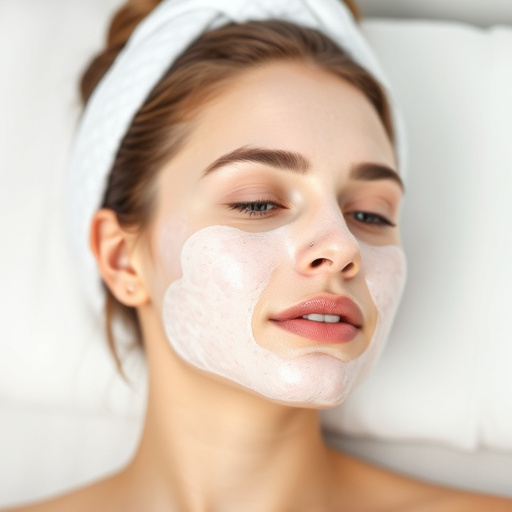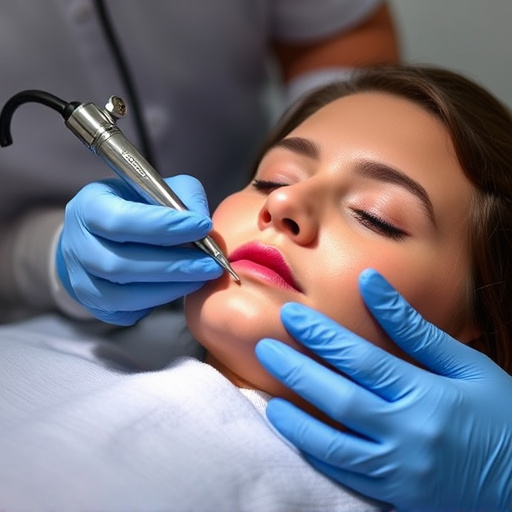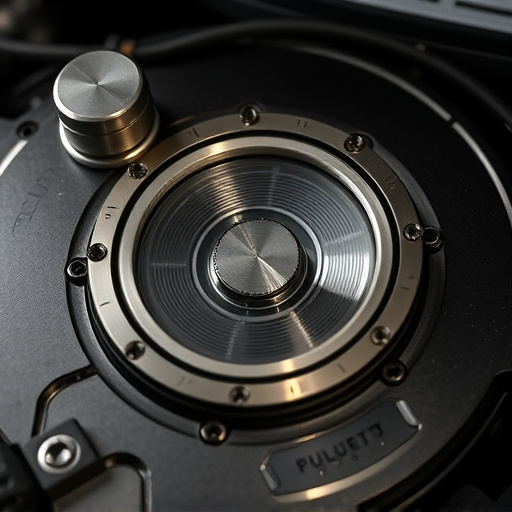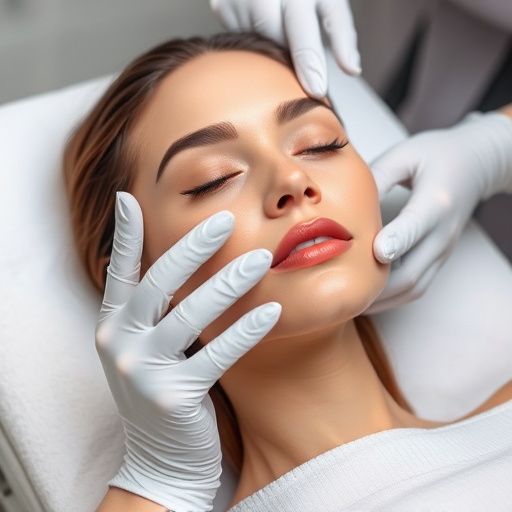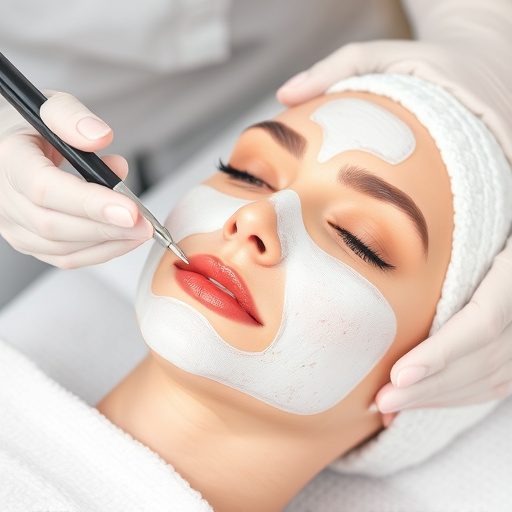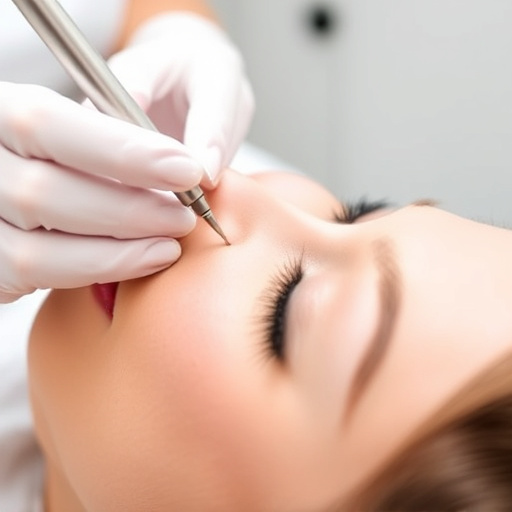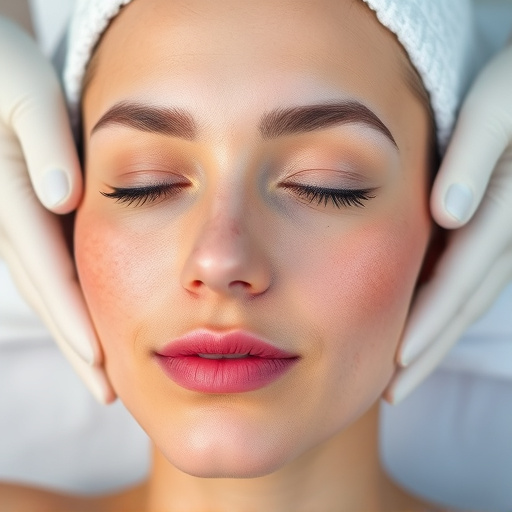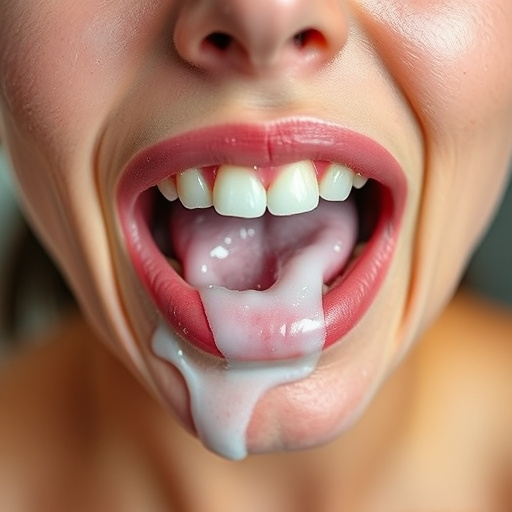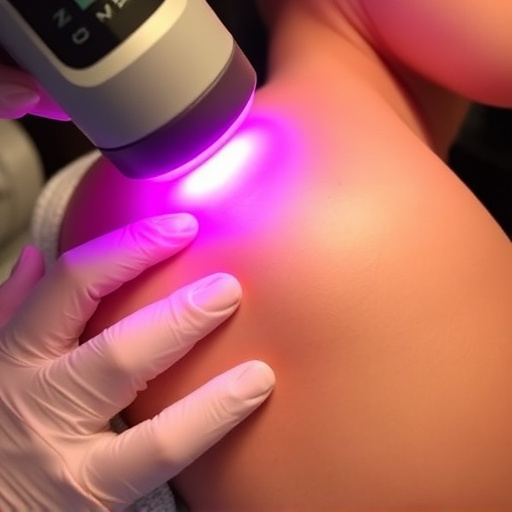Lactic acid peels, a versatile dermatological treatment, offer tailored benefits based on skin type. Normal or dry skin benefits from gentle exfoliation and hydration (5-10% concentration), while oily or combination skin sees improved texture, reduced sebum, and unclogged pores with higher strengths (15-30%). These peels address various concerns including fine lines, hyperpigmentation, and cellulite, contributing to long-term skin health and radiance when incorporated into a regular regimen.
“Uncover the power of lactic acid peels and their transformative effects on various skin types. This article delves into the benefits of this gentle yet effective exfoliant, catering to specific skin concerns. We explore how different skin types can harness the potential of lactic acid peels for a radiant, healthy glow.
Learn about the tailored approach to choosing the ideal peel strength, ensuring optimal results without irritation. Discover why these peels are a game-changer for those seeking improved texture, reduced fine lines, and an enhanced overall complexion.”
- Understanding Skin Types and Their Suitability for Lactic Acid Peels
- Benefits of Lactic Acid Peels for Different Skin Concerns
- Choosing the Right Lactic Acid Peel Strength for Your Skin Type
Understanding Skin Types and Their Suitability for Lactic Acid Peels
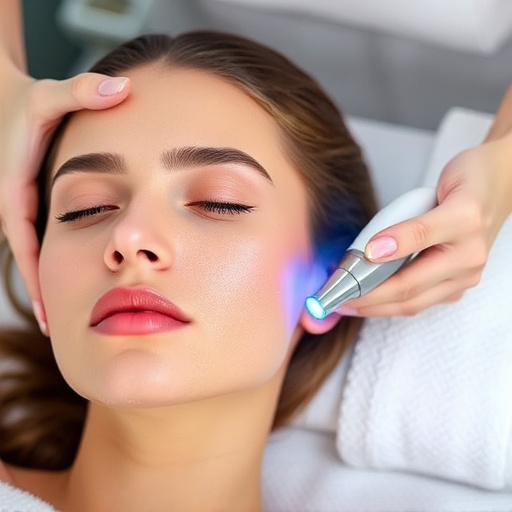
Understanding Skin Types and Their Suitability for Lactic Acid Peels
Skin types play a crucial role in determining the effectiveness and suitability of various skincare treatments, including lactic acid peels. Knowing your skin type—whether it’s normal, dry, oily, or combination—is essential when considering chemical peels like lactic acid. Each skin type has unique characteristics and requires tailored care to achieve optimal results. For instance, individuals with normal skin often benefit from lactic acid peels due to their ability to gently exfoliate and enhance skin brightening without causing irritation. Dry skin types might find relief through these peels as they help restore moisture balance.
On the other hand, oily or combination skin can also benefit from lactic acid peels to control sebum production and unclog pores. Professional skincare experts recommend customizing peel treatments based on individual needs. The right concentration of lactic acid in a chemical peel can address specific concerns, such as hyperpigmentation, fine lines, or uneven skin texture. Moreover, when incorporated into a regular skincare routine, lactic acid peels contribute to maintaining healthy, radiant skin and enhancing the overall effectiveness of skin brightening treatments.
Benefits of Lactic Acid Peels for Different Skin Concerns
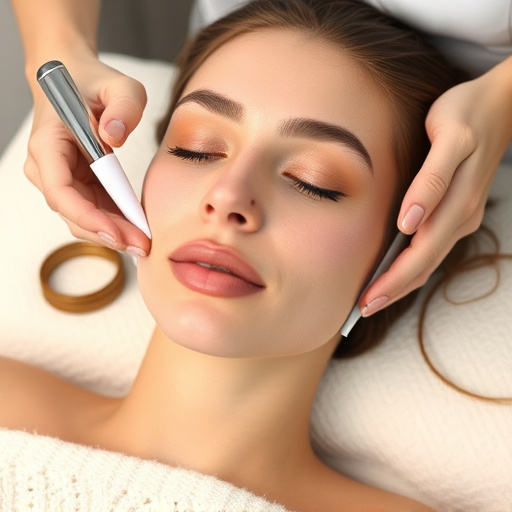
Lactic acid peels offer a multitude of benefits tailored to diverse skin concerns, making them a popular choice in dermatological treatments. For individuals grappling with rough, dry, or textured skin, lactic acid peels can work wonders. This gentle yet potent alpha hydroxy acid (AHA) facilitates exfoliation, promoting the turnover of skin cells and revealing smoother, softer skin beneath. By smoothing away dead skin, it enhances the appearance of fine lines and wrinkles, making it an effective solution for anti-aging concerns.
Moreover, lactic acid peels are beneficial for those seeking improved hydration and overall skin texture. Its humectant properties draw moisture to the surface, leaving the skin feeling plump and supple. This is particularly advantageous for dry or dehydrated skin types. Additionally, these peels can assist in body contouring by reducing the appearance of cellulite, providing a smoother, more even tone to problematic areas. Even for conditions like hyperpigmentation, lactic acid’s exfoliating abilities help lighten discolored spots, creating a more uniform complexion.
Choosing the Right Lactic Acid Peel Strength for Your Skin Type
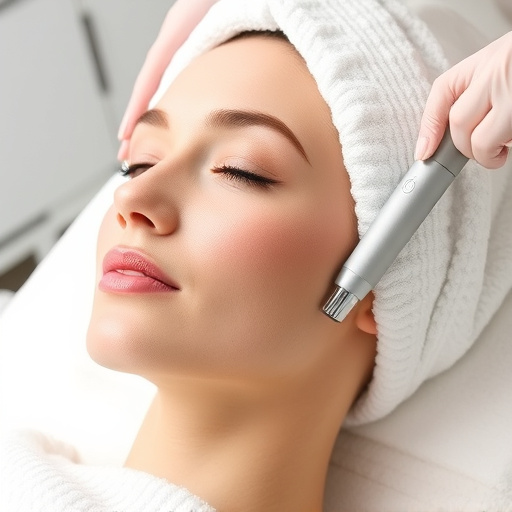
When considering lactic acid peels, understanding your skin type is key to choosing the right strength for optimal results. Lactic acid, a gentle alpha hydroxy acid (AHA), is renowned for its ability to exfoliate and hydrate, making it suitable for various skin types. However, different concentrations suit distinct needs.
For instance, those with normal or slightly dry skin often benefit from lower strengths, typically around 5-10%, as these offer gentle exfoliation without causing irritation. Such peels aid in removing dead skin cells, revealing smoother and brighter-looking skin while maintaining moisture levels. In contrast, individuals dealing with acne-prone or oily skin may find greater advantage in higher concentrations, usually ranging from 15-30%. These more intense peels help unclog pores, reduce excess oil production, and improve overall skin texture, often leading to effective acne treatments and skin brightening results.
For those with dry, rough, or mature skin, lactic acid peels offer a powerful tool for rejuvenation. The gentle yet effective exfoliation promotes cell turnover, enhances moisture retention, and improves overall skin texture. If you’ve been considering a lactic acid peel, understanding your skin type is key to selecting the right strength for optimal results. By choosing the appropriate peel, you can experience smoother, brighter, and more youthful-looking skin.


